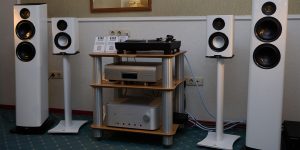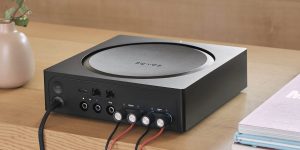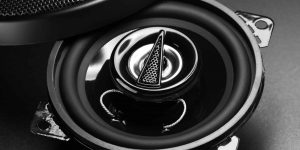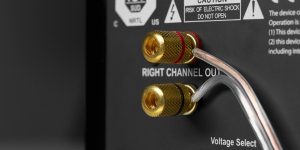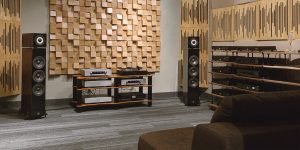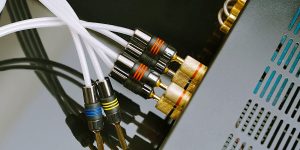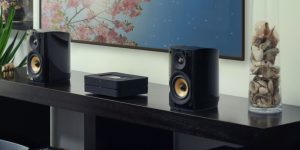The not-so-common but interesting and important question of connecting 2 amplifiers to one set of speakers needs some clarification. So, in this article, I will tell you why you might want to do this, what is gained by using the same speakers with two amps, and the methods you can use to accomplish this process. Perhaps after reading this, if you didn’t know this system existed, you will want to try it out.
Reasons to connect two amplifiers to one set of speakers
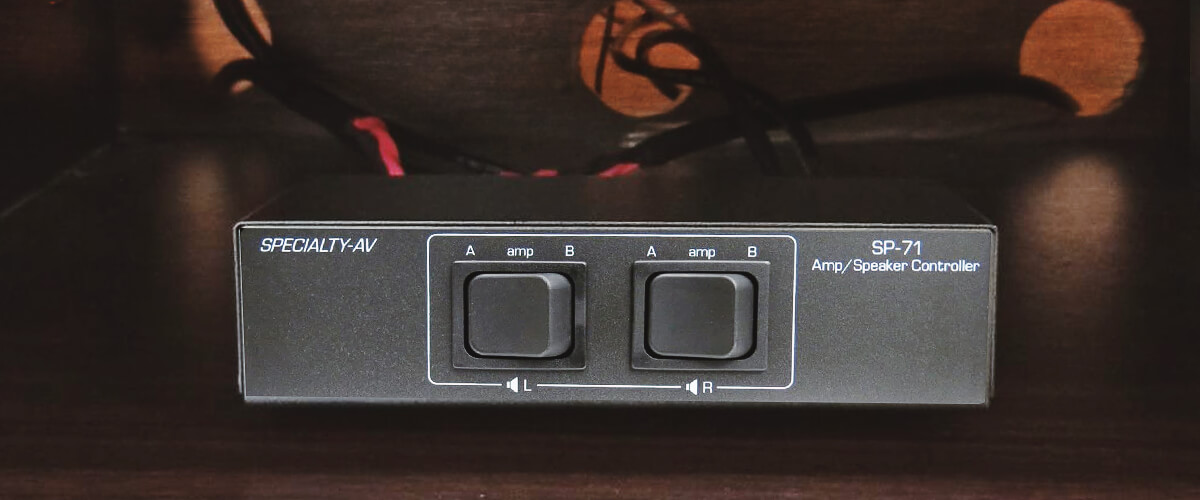
There are many reasons for using two amps together. This approach may seem unconventional, but it has several advantages that can elevate your speakers’ sound level and usability. Plus, it’s great for use by all family members with different preferences:
Setting up soundscapes for movies and music:
- Imagine a scenario where your speaker system is optimally tuned for cinematic frequencies, but when you switch to music playback mode, the sound doesn’t reach the desired level. By connecting two amplifiers, you can take turns using them.
- What if you just want to listen to stereo in floorstanding speakers? Here, on the other hand, the frequency is well-tuned to the music. Even an old second amp can be a vintage gem known for its warmth and character.
Other benefits of using two amps to one speaker set include:
- Par Excellence power amplification.
- Comparing the unique sound of different amps.
- Load sharing.
- Vinyl listening.
- Expanding connectivity.
You can create a versatile audio system that works with all audio sources by using one amplifier for traditional sources and another for modern devices such as Bluetooth or digital sources.
What is Bi-amping
Another possibility that opens up when using 2 amplifiers on the same speaker set, which deserves a separate explanation, is bi-amping or even tri-amping. You might think that this is what this article is about, but it’s a bit more interesting than that.
Bi-amping involves using separate amplifiers to power the different frequency ranges of your speakers, allowing for better control over each frequency range. Tri-amping extends this concept further, where each amplifier is dedicated to specific frequency ranges (bass, midrange, and treble). This level of precision and separation allows for amazing accuracy and clarity of sound.
Two-channel amplification aims to improve sound quality, reduce distortion, and provide more control over the different frequency components of the sound. This requires special speakers that have two inputs to receive the signal.
How to connect 2 amplifiers to one set of speakers

Perhaps we should start by saying that it is absolutely impossible to simply connect a set of wires from both amplifiers to a single connector on the speaker. This could well result in damage to the speakers and amplifiers themselves, including the one that may not be in use at the moment but will suffer because it is connected to the speakers in this way. Not to mention the most obvious: you could turn on the second amplifier while forgetting to turn off the first.
The most “budget” option is a manual method of replacing the connectors on the speakers. You have the wires from one amplifier and the other, and you switch them one at a time. This partially solves the problem, but as you realize, it’s very inconvenient. Plus, it requires constantly checking the amplifier connection to avoid the above-mentioned problem. And if you don’t live alone, there’s a good chance that other family members won’t be able to handle such an endeavor.
The three main safe but costly ways to connect two amplifiers to one set of speakers are to buy an amplifier switcher, surround sound processor, or active crossover.
But if you ask me, the tried-and-true, reliable, easy-to-use device in my practice is the Amp Switcher. You simply connect both amplifiers to the switch and then run wires to the speakers from the switch. Then, the control is completely on the amplifier switcher, and you choose the source from which amplifier to output to the speakers.
For today, I consider the best options to be:
- 2-Way Amp Amplifier Receiver to 1 One Pair of Speakers Selector Switcher.
- SOLUPEAK P2 2(1)-in-1(2)-Out Amp Amplifier Speaker Switcher.
Good luck and new discoveries!



